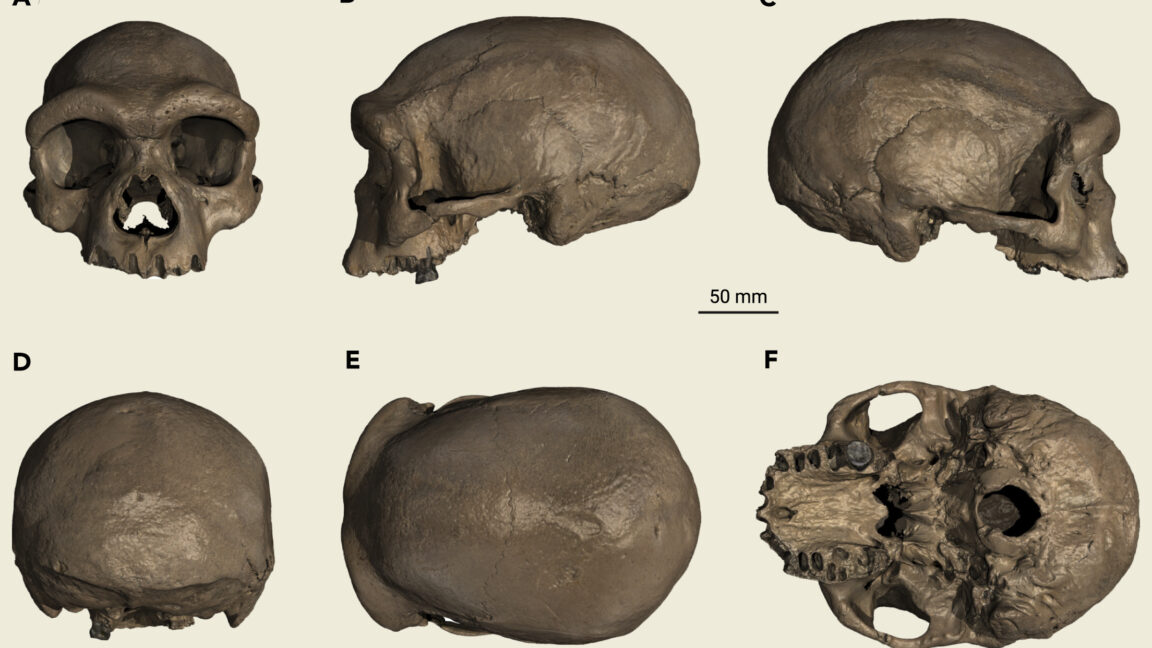
"The discovery of a 146,000-year-old skull in Harbin, China, confirmed its identity as a Denisovan, thus elucidating what these ancient hominins looked like."
"Researchers sequenced proteins from the Harbin skull indicating that certain proteins were distinct to the Denisovan lineage, helping to identify it as a Denisovan."
"The Harbin skull, also known as Dragon Man, had remained largely hidden from the world since its discovery in the 1930s, only coming to light in recent years."
"The well-preserved nature of the Harbin skull has illuminated our understanding of Denisovans, a group known only from fragmented remains and DNA evidence."
Recent analyses of a 146,000-year-old skull, discovered in Harbin, China, have revealed its identity as a Denisovan. The study of proteins contained within the skull provided critical evidence linking it to the Denisovan lineage. This ancient hominin, known as Homo longi, shed light on the physical traits of Denisovans, a group previously known only through DNA fragments and limited skeletal remains. Despite its long and hidden history, the skull now offers valuable insights into Denisovan characteristics and their place in human evolution.
Read at Ars Technica
Unable to calculate read time
Collection
[
|
...
]